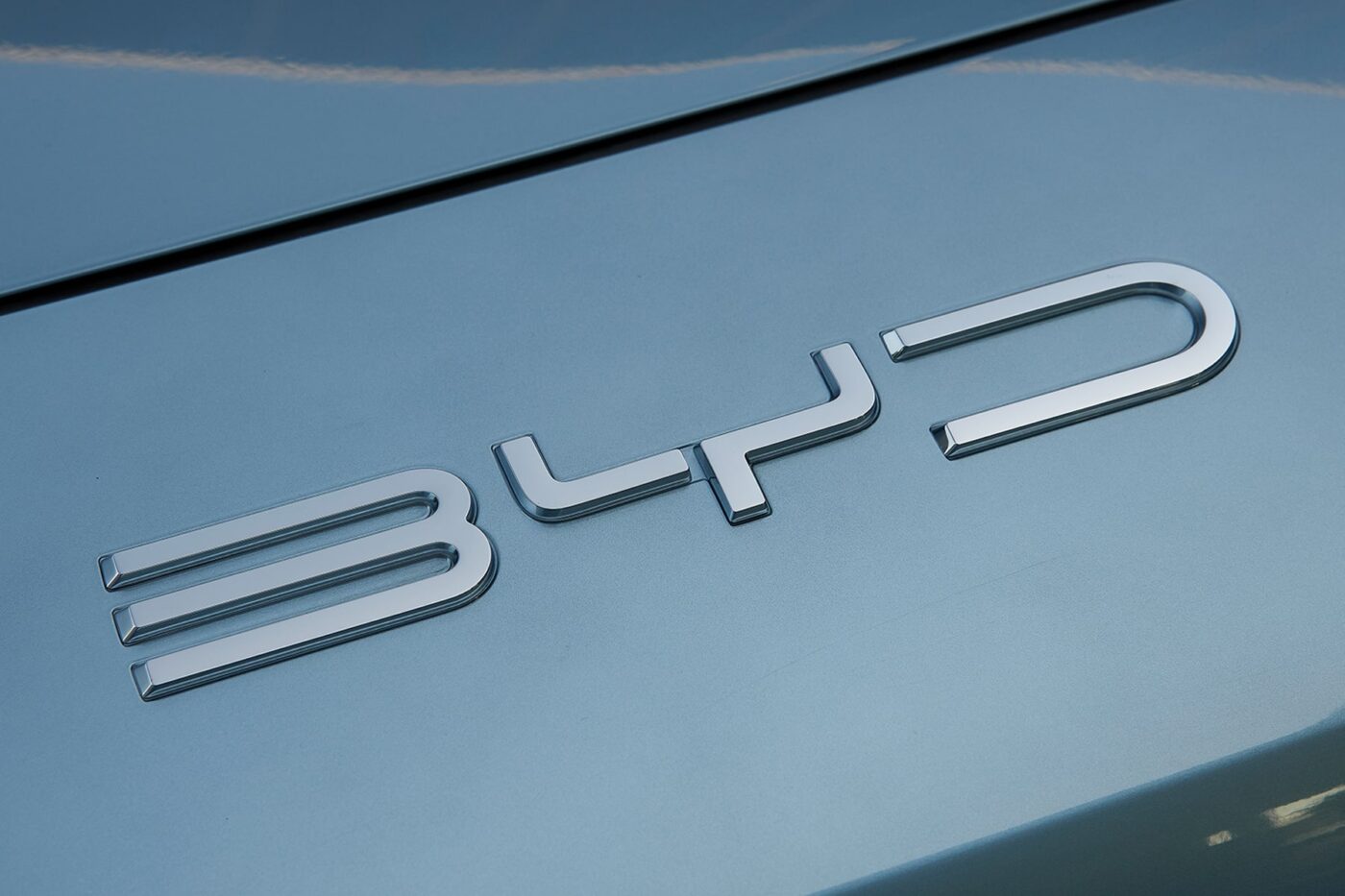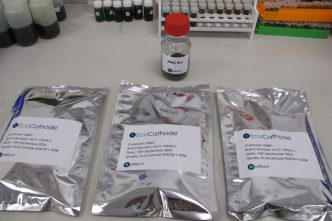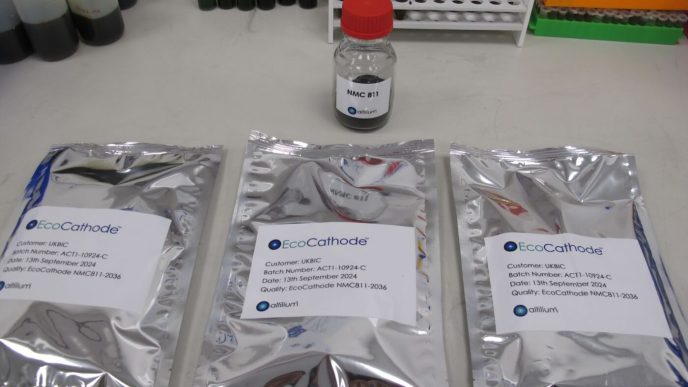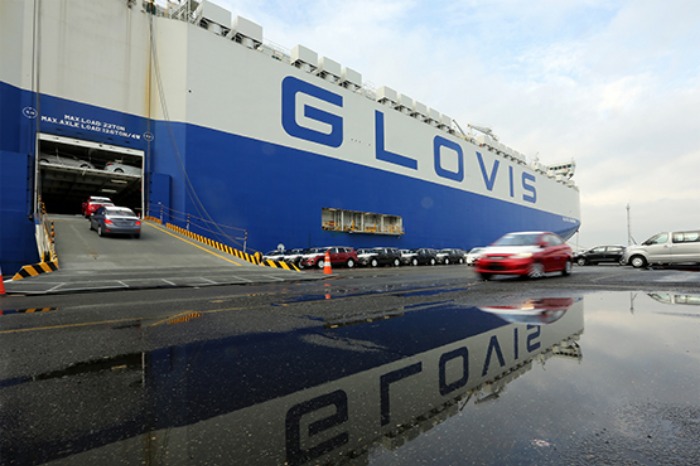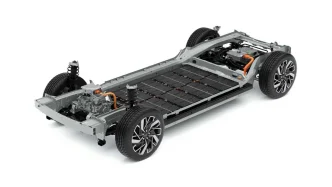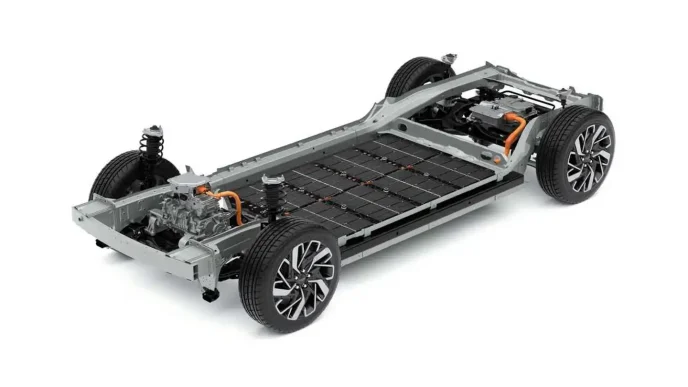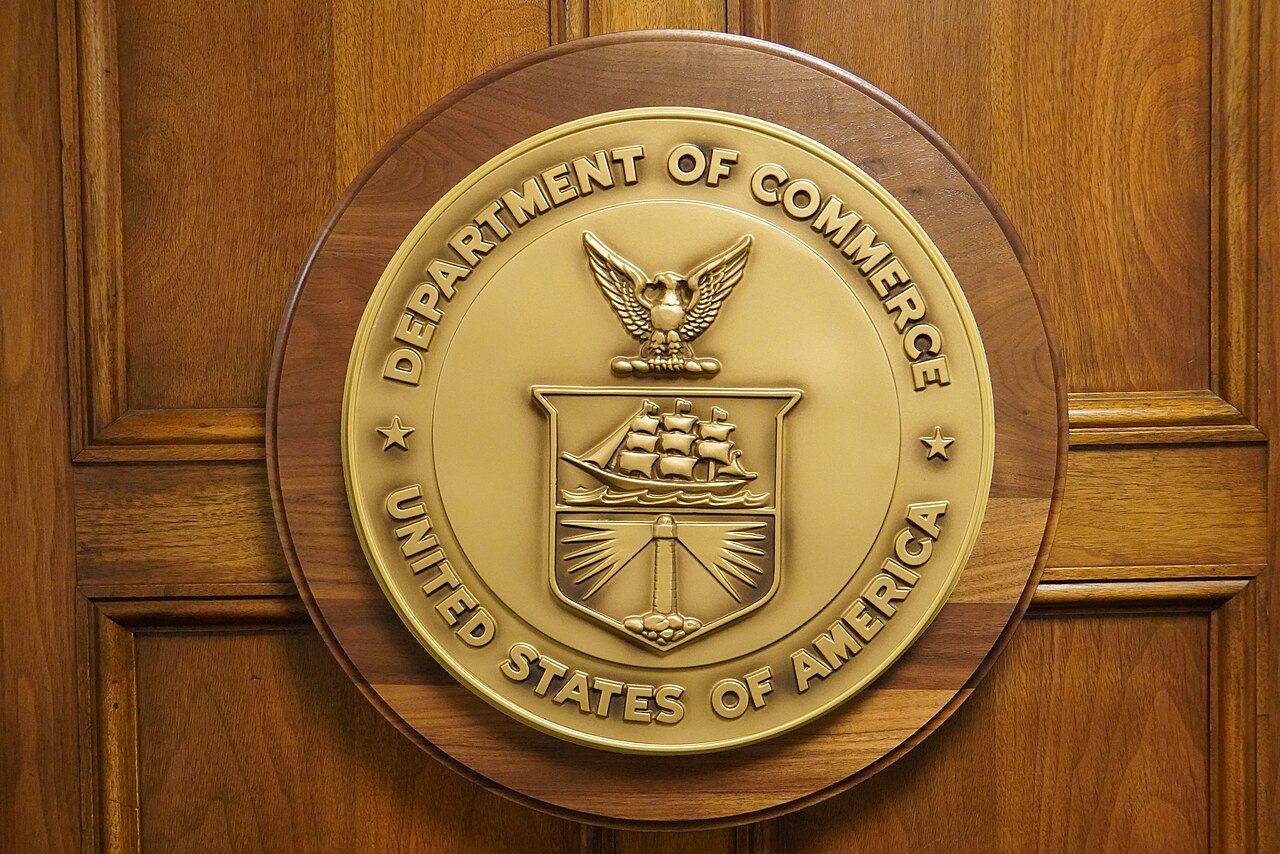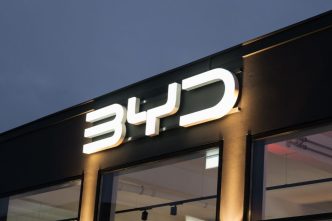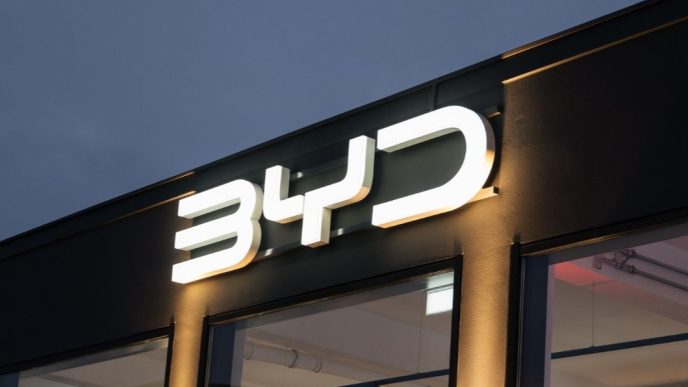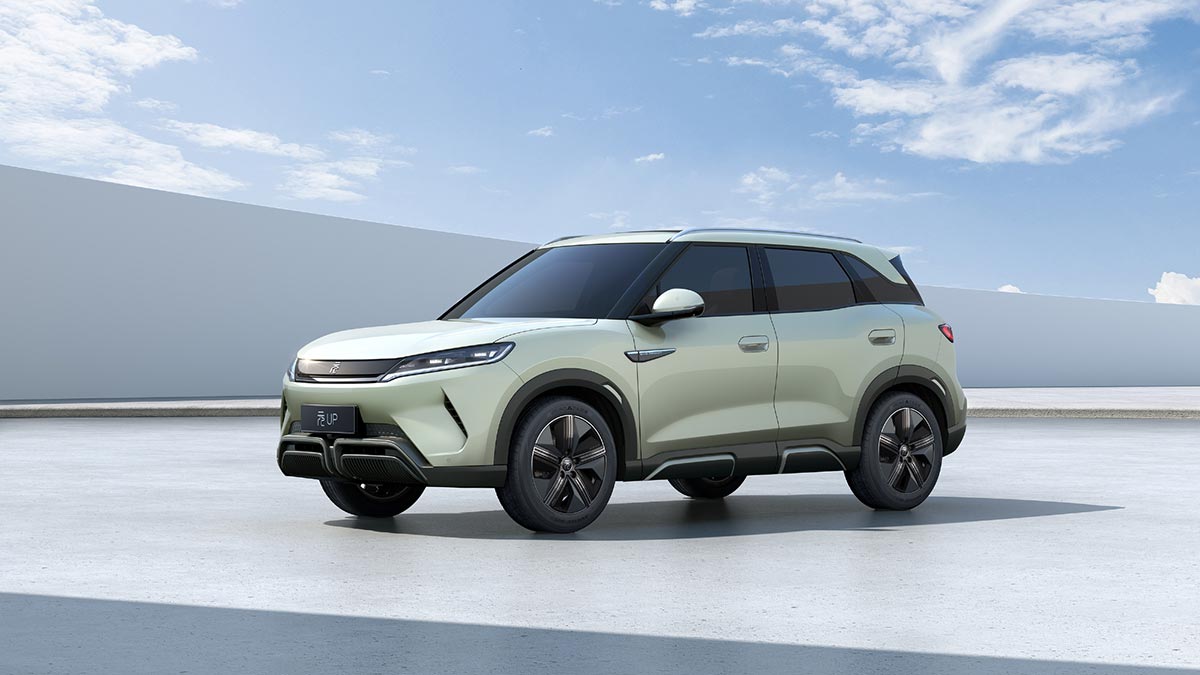BYD, the world’s largest new energy vehicle (NEV) manufacturer and the second-largest battery maker, has projected that widespread adoption of solid-state batteries may take five years. This statement was made by BYD’s chief scientist, Lian Yubo, during the 2024 World New Energy Vehicle Congress (WNEVC 2024).
Lian noted that solid-state batteries are likely to debut in high-end vehicle models before gradually making their way into mid-range and budget options. “Widespread use of solid-state batteries may be difficult to see in the next 3 years, but it’s expected to be realized in 5 years,” he stated.
Despite ongoing research in the solid-state battery sector, Lian acknowledged several hurdles the technology currently faces, including “high costs, complex manufacturing processes, and difficult integration with vehicles.”
The growing interest in solid-state technology was initially sparked by Nio’s announcement of a 150-kWh semi-solid-state battery during its ET7 sedan launch on January 9, 2021. Following several delays, Nio’s semi-solid-state battery pack began trial operations in May 2024 and became operational on a daily rental basis in June. Nio co-founder and president Qin Lihong previously mentioned the high cost of the new battery, stating it was “about the same as an ET5,” which retails starting at RMB 298,000 ($42,480).
Lian’s remarks marked the first time in years that a BYD executive publicly addressed solid-state battery technology. Similarly, on April 28, Wu Kai, chief scientist at CATL, announced the company’s goal to produce all-solid-state batteries in small batches by 2027. However, he highlighted ongoing challenges regarding cost in achieving high-volume production.
As of January to July 2024, BYD holds a 16.1 percent share of the global power battery market, with an installed capacity of 69.9 GWh. This positions the company as the second-largest battery manufacturer, behind CATL, which commands a 37.6 percent market share with 163.3 GWh of installed capacity.
BYD predominantly produces lithium iron phosphate (LFP) batteries, maintaining a 33.53 percent share of China’s LFP battery market as of August, just behind CATL’s 36.61 percent. In contrast, BYD’s share of China’s ternary battery market stood at a mere 0.34 percent, ranking tenth.
According to data from the China Automotive Battery Innovation Alliance (CABIA), LFP batteries currently dominate the EV battery market in China, with an installed volume of 35 GWh in August, representing 74.2 percent of the total. In comparison, lithium ternary batteries accounted for 12.1 GWh, or 25.7 percent, of the installed volume.
Lian emphasized the established nature of LFP batteries, stating that they have been in development for over 20 years, which has led to a “stable manufacturing process, a rich supply chain, and cost efficiencies.” He predicted that LFP batteries will not become obsolete in the next 15 to 20 years and will coexist with solid-state batteries, each serving different vehicle classes.
Source: CNEVPost

